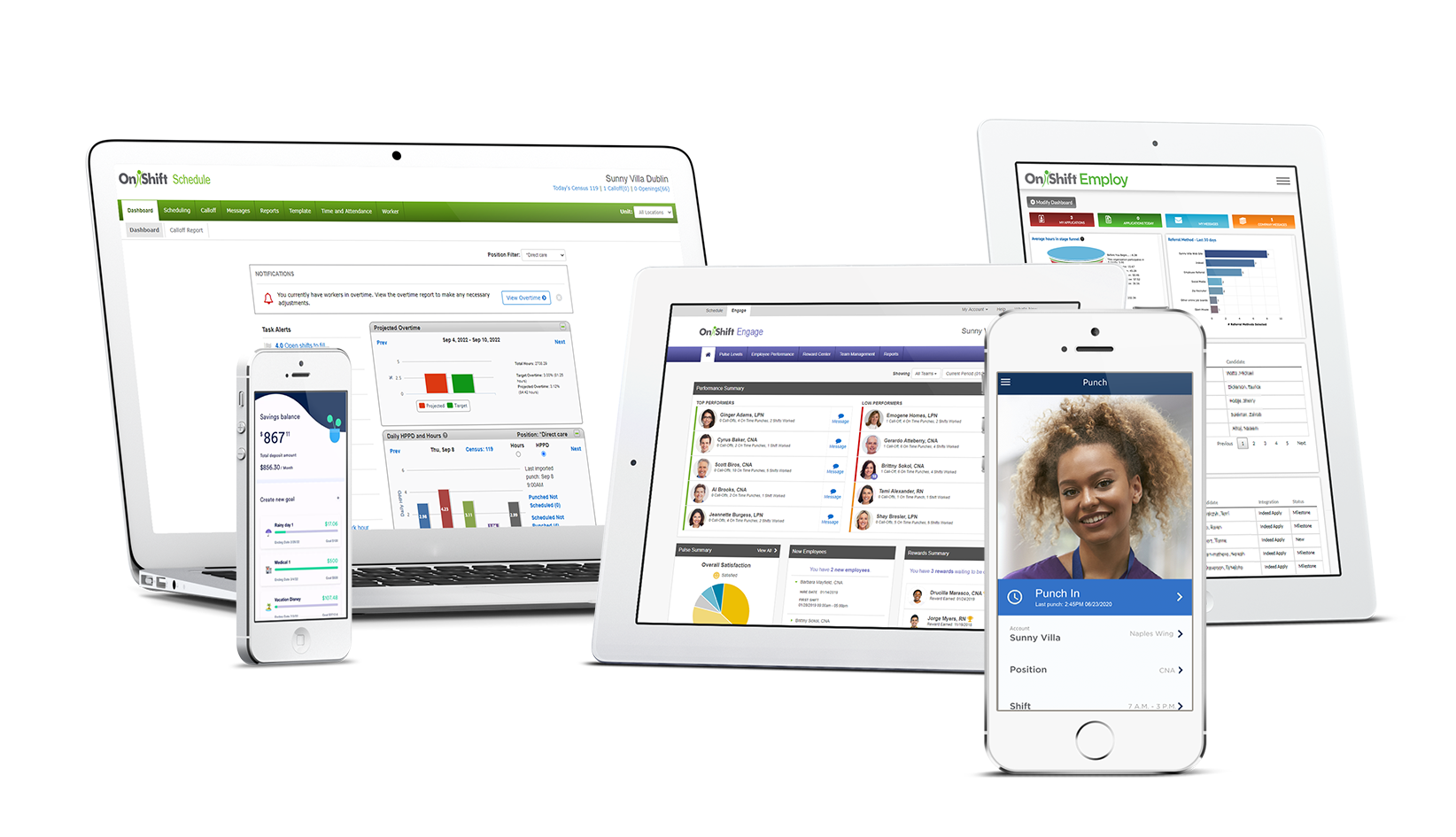May 5, 2016 | Marti Bowman
May 5, 2016 | Marti Bowman
Employee turnover is a top concern among post-acute care and senior living providers, and one they’re actively trying to combat amid significant wage pressures and an impending caregiver shortage.
 Their fears are founded, too, as estimates for staff turnover range from a low of 21% to a whopping 135%, with an average of 42%—hardly a sustainable way to do business. Not only do high turnover rates lead to decreased resident satisfaction, but turnover also results in lower quality of care and inefficiencies in staffing across the board.
Their fears are founded, too, as estimates for staff turnover range from a low of 21% to a whopping 135%, with an average of 42%—hardly a sustainable way to do business. Not only do high turnover rates lead to decreased resident satisfaction, but turnover also results in lower quality of care and inefficiencies in staffing across the board.
While simply making sure that employees are happy in their roles surely should be a priority, providers need to focus on one aspect of worker retention, in particular: engagement.
Only one-third of U.S. workers were engaged in the workplace in 2015, according to Gallup survey findings, while the rest were deemed not engaged or actively disengaged. That means there’s plenty of room for improvement.
Here are five tips toward establishing an engaged staff—an increasingly tall task with the next generation of senior care workers entering the workforce each day.
It simply makes good business sense to have engaged employees. It pays off in lower turnover rates and less absenteeism, higher productivity, better customer satisfaction and ultimately, company profit. Remember that the process to engage post-acute care and senior living employees doesn’t always require huge policy shifts—it can be accomplished by executing various employee-centric practices on a consistent basis.
Subscribe to the OnShift Blog
Recent Posts
Categories
About Marti Bowman
As Chief Marketing Officer, Marti brings significant experience leading go-to-market strategies, product marketing, communications and PR programs for technology startups as well as Fortune 500 organizations. Prior to OnShift, Marti was a principal product director at Oracle, where she drove global go-to-market strategies for the Oracle Fusion Middleware product portfolio. She joined Oracle through the acquisition of BEA Systems, where she was a product marketing manager.
See for yourself why thousands of providers rely on OnShift’s innovative software for recruitment, hiring, workforce management, pay and engagement. Request your personalized demo today.
